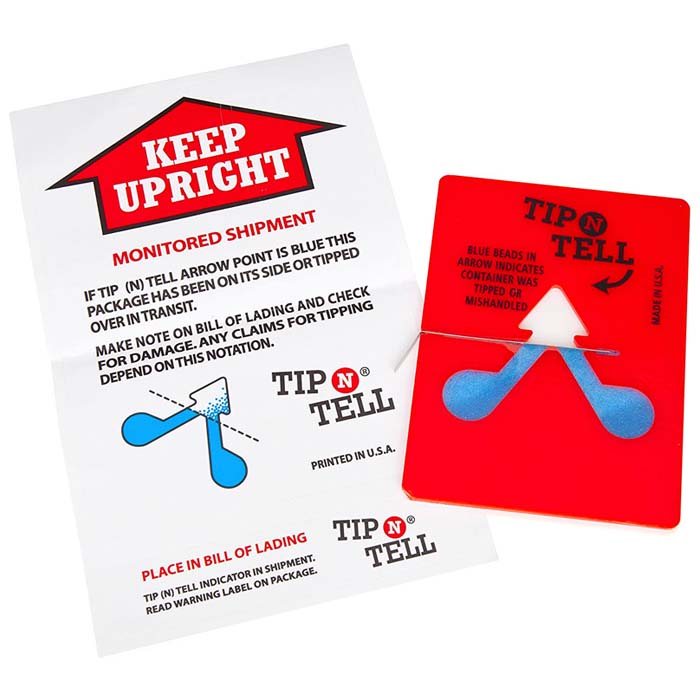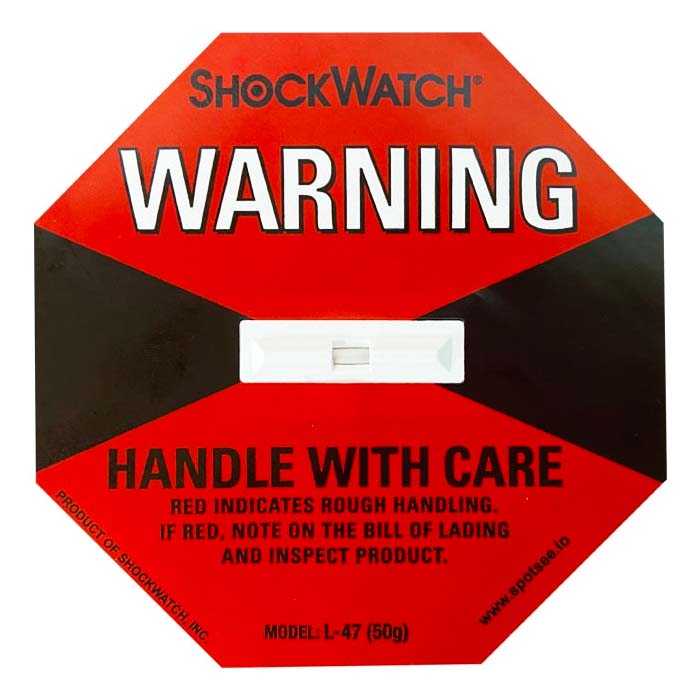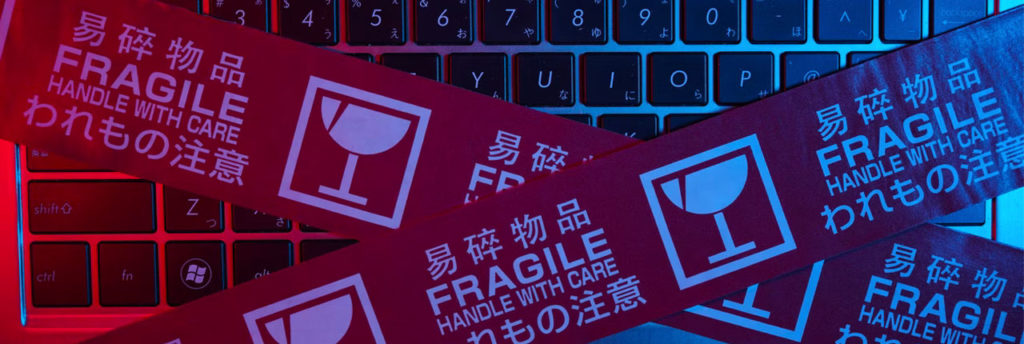If you’re like most people, you’ve probably had to deal with the hassle of shipping fragile items at some point. Whether it’s a piece of art, a delicate instrument, or a family heirloom, shipping fragile items can be a daunting task. But with a little planning and the right packaging, it doesn’t have to be so stressful. In this blog post, we’ll share some tips on how to ship fragile items so they arrive at their destination safely.
Choose the correct container.
The first thing to consider when thinking about how to send your fragile item is choosing an appropriate box or container. The size and shape of your item will dictate the container you use. Ideally, you should use a strong and rigid box or case, and it should fit your item and any wrapping or padding perfectly. Ensuring your box is the correct size will heavily reduce the risk of any unwanted movement. This is also where case making comes in handy. Case making involves building bespoke wooden cases for transport. John Pipe can offer expert advice to help you decide what type of container is best suited to your goods. As well as a host of our own container designs, we can also advise on cases used by UK and US armed forces.
Wrap items correctly.
It is very important that the items you want to ship safely are protected within your packing container. There are many ways this can be done, and the most common often involve using bubble wrap or packing foam. Foam can be used creatively, for example to pad contact points with your item when using bracing or packing timbers in a shipping container. John Pipe are trialling some environmentally friendly foams that biodegrade into a harmless compostable product, excellent for reducing waste.
Protect your item from the elements.
There are many types of item that might be particularly sensitive to changes in temperature, humidity or moisture. These often require more specialised packing methods. For example, equipment such as electrical components or computer parts are usually packaged in barrier foil bags, with desiccant placed within to absorb any moisture. On a larger scale, shipping containers can also be fitted with dry poles, which function as large desiccant containers to remove all excess moisture from within.
Choose the correct form of transportation
Choose carefully when you are thinking about what form of transportation to utilise for your item. Sea freight, air freight and land freight all have their own advantages and disadvantages, and you can read more about this elsewhere on our site. One thing to think about is the amount of handling that will occur while your item is in transit. The less an item is handled whilst being shipped, the less opportunity there is for damage to happen.
You should also consider what extra measures might be needed to protect your item for a particular form of transport. For example, when using shipping containers for sea transport, you may want to use wooden bracing if your item is smaller than the total size of the container, or consider sharing the container with other items. Ideally, your item should not be able to move around within a shipping container.
Weigh and measure your item correctly.
It is important when sending any item to weigh and measure correctly, but doubly important for fragile or sensitive items. Accurately measuring an item ensures that a shipping company knows all the details, and can do their best to look after it. Incorrect weights or dimensions could also result in issues sending items, or unexpected charges.
There are a variety of tools you can use to weigh an item – from small desktop scales to load cells for very large and heavy items. At John Pipe, we weigh items before packing to get the net weight, and then again once packed for gross weight. When sending any item to a shipping company, your weight and dimensions measurements should include packaging.
Use sensors
Some items might be very sensitive to outside forces, such as tilting or shock. To ensure these items are kept safe during transit, there are a variety of sensors available. For example, John Pipe uses Tip ‘N’ Tell indicators for items that should not be tipped. These are simple, reliable and inexpensive, and can be stuck on the interior or exterior of a case so they aren’t tampered with or removed. Shock Watch stickers are also useful for detecting shock.


Use labels
Whatever method of shipping you choose, it is vitally important that your item is correctly labelled. John Pipe uses a variety of warning labels and stencils, from “Do Not Stack” to “Fragile Glass” or “Handle With Care.” We also always apply the internationally recognised “This Way Up,” “Keep Dry” and “Fragile” shipping symbols to all our cases. If you are placing your own labels, make sure they are not placed on corners or bottoms of boxes, so they are clearly visible.
Insure and track
No matter how well packaged an item is, accidents can sometimes happen. In the case of fragile items, you should always look at getting insurance, especially if the item is valuable. Taking advantage of tracking services is also important so you are kept in the loop about your package. Making sure your item is covered against damage, and carefully tracked is important for your peace of mind. John Pipe International will always monitor your shipment and notify you of any delays (and of course your item’s safe delivery.)
To sum up…
Shipping fragile items can be a confusing and scary business. We hope this guide has been helpful. If you have any questions or need advice, please feel free to get in touch with us. And if you’re looking for a reliable shipping company to handle your fragile items, be sure to check out John Pipe International. We’re experts in custom packing solutions and working with delicate items, and we can ensure your shipment is given the best possible protection.

